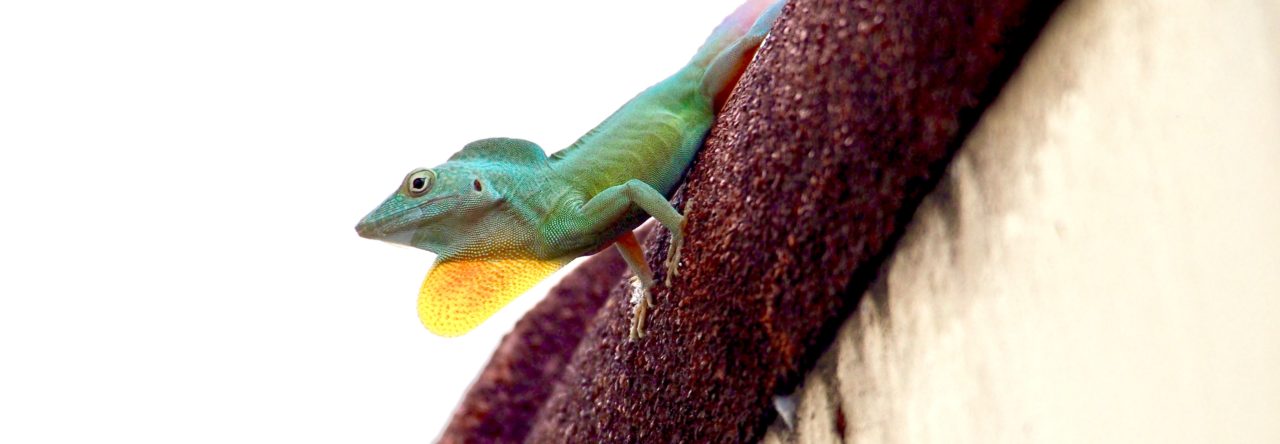
According to Ze Frank, this screen capture shows the cover of the children’s book “Lizard Has A ****** Day.”
If you’re not already familiar with Comedian Ze Frank’s True Facts Series, you need to check them out. Frank interweaves interesting facts about wildlife with hilariously (off)color commentary. He’s done videos on everything from star-nosed moles to dung beetles (I was first alerted of the series by a comment made by Tracy Heath over at the new Treethinkers blog). I was recently viewing True Facts About The Tarsier, and was shocked to see this puny little Southeast Asian quasi-monkey feeding on one of my favorite lizards. At around 1:26 into this video, Frank notes that the Tarsier is “the only entirely carnivorous primate, eating insects, rodents, reptiles and small birds. This incidentally is the cover of the children’s book “Lizard Has A ****** DAY.” Very funny. Of course, its practically impossible that a tarsier in nature would be feeding on what appears to be a green anole (Anolis carolinensis). As far as I’m aware A. carolinensis is not been reported from any of the Southeast Asian islands occupied by the tarsier. Thus, if there’s we’ve learned from this video, it is that this lizard is having a ****** day because somebody just thrust it into the waiting arms of a captive tarsier.
httpv://www.youtube.com/watch?v=6Jz0JcQYtqo







